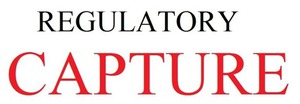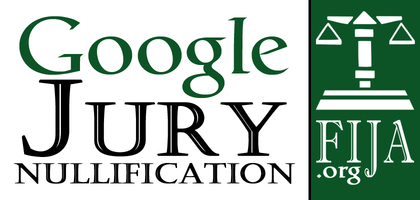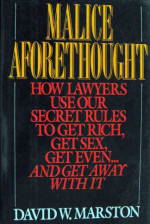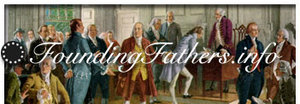Page under construction
1944 Bretton Woods Conference and Monetary System
Wikipedia
Bretton Woods system
Wikipedia
The Bretton Woods system of monetary management established the rules for commercial and financial relations among the world's major industrial states in the mid-20th century. The Bretton Woods system was the first example of a fully negotiated monetary order intended to govern monetary relations among independent nation-states. The chief features of the Bretton Woods system were an obligation for each country to adopt a monetary policy that maintained the exchange rate by tying its currency to gold and the ability of the IMF to bridge temporary imbalances of payments. Also, there was a need to address the lack of cooperation among other countries and to prevent competitive devaluation of the currencies as well.
Preparing to rebuild the international economic system while World War II was still raging, 730 delegates from all 44 Allied nations gathered at the Mount Washington Hotel in Bretton Woods, New Hampshire, United States, for the United Nations Monetary and Financial Conference, also known as the Bretton Woods Conference. The delegates deliberated during 1–22 July 1944, and signed the Bretton Woods agreement on its final day. Setting up a system of rules, institutions, and procedures to regulate the international monetary system, these accords established the International Monetary Fund (IMF) and the International Bank for Reconstruction and Development (IBRD), which today is part of the World Bank Group. The United States, which controlled two thirds of the world's gold, insisted that the Bretton Woods system rest on both gold and the US dollar. Soviet representatives attended the conference but later declined to ratify the final agreements, charging that the institutions they had created were "branches of Wall Street."[1] These organizations became operational in 1945 after a sufficient number of countries had ratified the agreement.
On 15 August 1971, the United States unilaterally terminated convertibility of the US dollar to gold, effectively bringing the Bretton Woods system to an end and rendering the dollar a fiat currency.[2] This action, referred to as the Nixon shock, created the situation in which the United States dollar became a reserve currency used by many states. At the same time, many fixed currencies (such as the pound sterling, for example), also became free-floating. Read more
President Nixon Ends Bretton Woods Monetary System
Nixon Ends Bretton Woods International Monetary System
Uploaded on Aug 8, 2007 on YouTube by danieljbmitchell
On August 15, 1971, President Nixon announced on TV 3 dramatic changes in economic policy. He imposed a wage-price freeze. He ended the Bretton Woods international monetary system. And he imposed a temporary surcharge (tariff) on all imports. The Bretton Woods system was created towards the end of World War II and involved fixed exchange rates with the U.S. dollar as the key currency - but also a role for gold linked to the dollar at $35/ounce. The system began to falter in the 1960s because of an excess of dollars flowing out of the U.S. which foreign central banks had to absorb. A run on gold in 1968 was stemmed by a patch on Bretton Woods known as the two-tier gold system. All of this was ended unilaterally by the Nixon decision. After a brief attempt to create a modified fixed exchange rate system, the world moved to flexible rates. Read more
Nixon's Colossal Monetary Error: Verdict 40 Years Later
Nixon's Colossal Monetary Error: The Verdict 40 Years Later
Forbes
by Charles Kadlec
August 15, 2011
Today, Aug. 15, 2011, is the 40th anniversary of President Richard Nixon's colossal error: severing the final link between the dollar and gold. No other single action by
Nixon has had a more profound and deleterious effect on the American people. In the end, breaking the solemn promise that a dollar was worth 1/35th of an ounce of gold doomed his Presidency, and
marked the beginning of the worst 40 years in American economic history.
The announcement itself was dramatic, contained in a Sunday evening address to the nation from the Oval Office. The promises made were profound and reflected the received
wisdom of that day and today: unshackling the U.S. government from the requirement of maintaining the dollar's value in terms of gold would empower able men and women at the Federal Reserve to use
monetary policy to increase the general prosperity of the American people.
Domestically, we were promised that the manipulation of quantity and value of a paper dollar would avoid costly recessions, provide high employment, and produce strong
economic growth. Internationally, we were promised that the devaluation of the dollar would reduce our trade deficit and improve the international competitiveness of American workers and businesses.
And, because trade was only one-tenth of the U.S. economy, all of this could be done while maintaining price stability.
Each and every one of these promises has been broken. more


































































































































